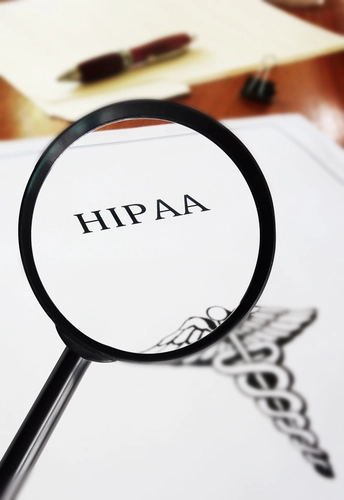Avoid This Major Pitfall for “Endometrial Thickening” Claims
Here’s why you should cross out hyperplasia. Your ob-gyn suspects hyperplasia. He detects and documents “endometrial thickening” during an ultrasound examination. What should you do? Follow these expert tips for handling this common scenario, and you’ll be applying the correct diagnosis every time. Steer Clear of Making This Hyperplasia Mistake Just because your ob-gyn documents endometrial thickening does not mean the patient has endometrial hyperplasia (N85.00, Endometrial hyperplasia, unspecified; or N85.01, Simple endometrial hyperplasia without atypia). Many coders make this mistake. “You should not code this as hyperplasia because physicians don’t necessarily consider the thickening of the uterus ‘abnormal;’ in fact, it’s just a monthly ‘ramp up’ for all women,” experts say. Important: If the patient requires more diagnostic tests because she presents with conditions that would increase the risk of hyperplasia, then you should report the ICD-10 codes that describe these conditions. For instance, you would report morbid obesity as E66.01 (Morbid [severe] obesity due to excess calories). To indicate that a patient was currently taking Tamoxifen (an estrogen antagonist, which also increases the risk of endometrial hyperplasia), you would report Z79.810 (Long term [current] use of selective estrogen receptor modulators [SERMs]). Of course, the patient would not be taking Tamoxifen unless she was estrogen-receptor positive, so you would also report Z17.0 (Estrogen receptor positive status [ER+]), according to ICD-10 rules. Also, if you knew the patient was susceptible to endometrial cancer due to her BRCA gene status, you would also report Z15.04 (Genetic susceptibility to malignant neoplasm of endometrium) for the complete picture. Bottom line: You cannot say report hyperplasia until the ob-gyn does a biopsy. Follow This ‘Nonspecific’ Route Instead Because you have no code to describe this condition, you should report R93.8- (Abnormal findings on diagnostic imaging of other specified body structures). Rationale: Endometrial thickening is a finding—not a diagnosis. Therefore, you should locate the diagnosis code in the signs and symptoms section of ICD-10. If you look under “thickened endometrium,” this will lead you to R93.8-, says Judy Klobutcher, BSN, MBA, CPC, coding specialist at nThrive in Ashland, Ohio. Remember, the title for the R93.8- states, “Abnormal findings on diagnostic imaging of other body structures.” The fourth character of “9” indicates the problem is in other body structures, which would include the genitourinary organs (for which the uterus would qualify). When endometrial thickening is abnormal, that usually means a hormonal imbalance. This commonly occurs during menopause when physician prescribes progesterone therapy. Think of it this way: An ob-gyn can only see the thickened endometrium on an ultrasound, so this is the logical place to put it. Codes like R93.89 are beneficial when you end up ordering multiple studies on a patient to come up with a definitive diagnosis, experts say.




